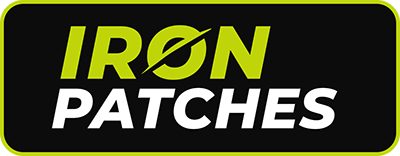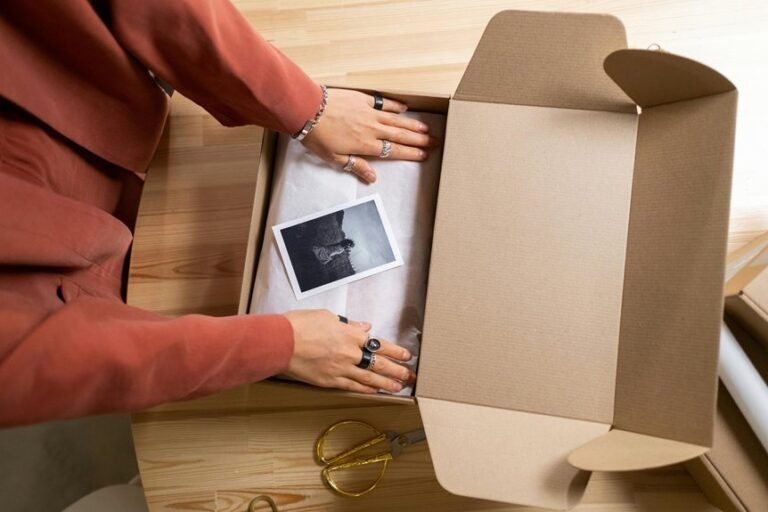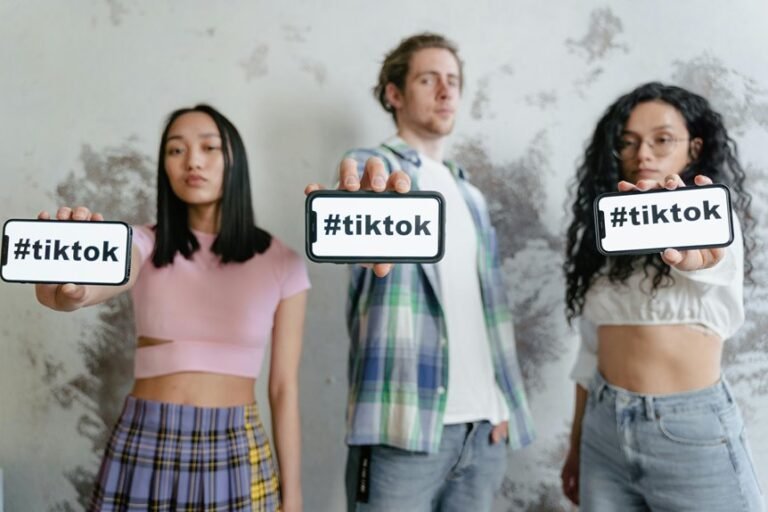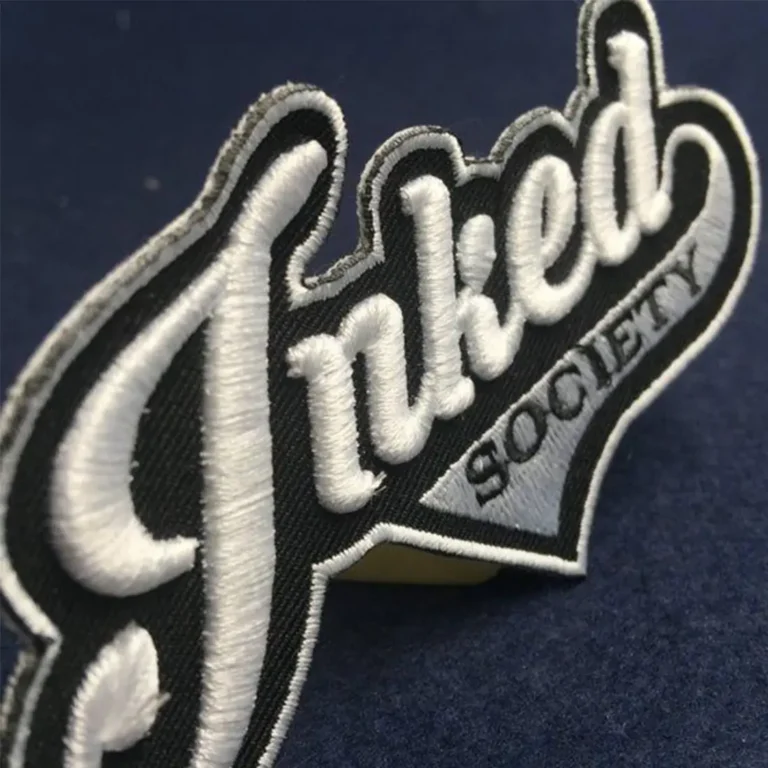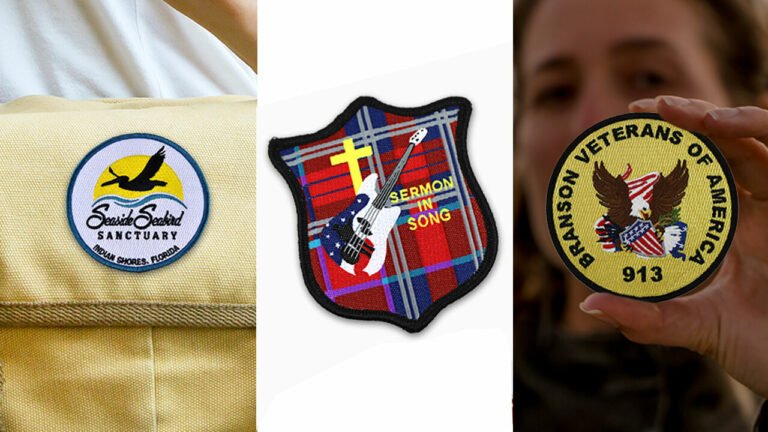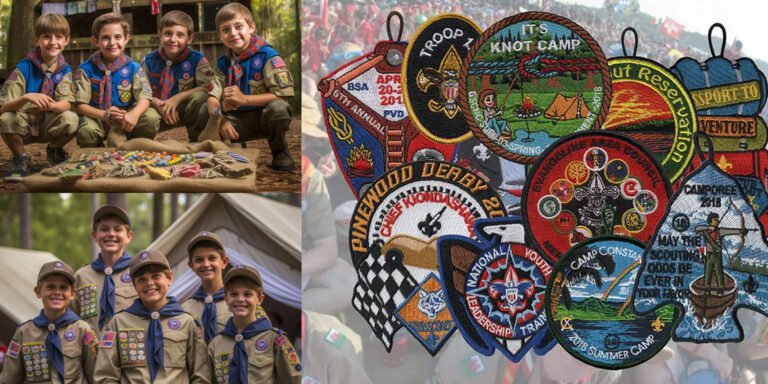How to Decorate Throw Pillows With Custom Iron Patches?
Let’s be honest, success is overrated when it looks like bloodshot eyes, coffee jitters, and Pinterest boards you’ll never actually follow through with. For years, I thought decorating my home (and yes, those sad throw pillows slouched on the sofa) required some kind of HGTV-meets-Martha Stewart energy.
You know the drill: endless mood boards, expensive appliqué kits, needlework sessions that make your fingers go numb. But what if I told you that a bare minimum approach, yes, almost lazy, can still yield throw pillows that look like they belong in a chic loft in downtown London or a cozy Brooklyn café?
Here’s the twist: bare minimum doesn’t mean ugly. It means clever. It means efficiency. And with iron-on patches (embroidered patches, fabric appliqués, or whatever fancy name you like), success doesn’t need sweat, just a little heat and… well, pressure.
Strategy One: The Single Statement Patch
This one’s so easy it feels like cheating. Instead of covering a pillow in a jungle of decorative textiles, pick one custom embroidery patch, maybe a bold floral motif, a retro 90s logo, or even a cheeky phrase, and stick it smack in the middle. Done.
Why does it work? Human eyes love a focal point. It’s the same reason people take selfies with monuments rather than photographing the whole city skyline. A central embroidered appliqué draws attention instantly, making the entire pillow look “designed” without you lifting more than… okay, let’s be real, an iron.
I once slapped a vintage NASA heat-transfer patch onto a plain white pillow from IKEA. Guests walked in, saw it, and went, “Whoa, that’s cool, did you order this from Etsy?” I didn’t correct them. Minimal effort, maximum bragging rights.
And yes, this strategy is the DIY equivalent of wearing red lipstick on a lazy day, it distracts from everything else.
Strategy Two: Mix-and-Match, But Only Two
We’ve been brainwashed by Pinterest to think variety means “use twelve.” Nope. Sometimes, limiting yourself creates freedom. Pick two different fabric patches, let’s say one floral appliqué and one geometric embroidered patch, and arrange them diagonally. Done.
This simplifies the process because you avoid the paralysis of “too many choices.” Cognitive science calls it decision fatigue, but I call it “that moment when you’re staring at Amazon’s patch section at 2 a.m. with 47 tabs open.” Two patches = no burnout.
The results? Balance. A pillow with two contrasting custom appliqués looks “artsy” without looking chaotic. Think of it like avocado toast, simple, repetitive, somehow always photogenic.
Real talk: last summer, a friend used just two DIY iron-on decals (a cactus and a sun) on a mustard throw pillow. That thing looked like it came out of Anthropologie’s overpriced catalogue. Proof that bare minimum often feels like luxury.
Strategy Three: Borderline Genius (Literally, Borders)
Here’s a hack so lazy it’s almost embarrassing. Instead of filling the pillow face with custom patches, just create a border. Four corners, four small embroidered appliqués, done. Or if you’re feeling wild, line up iron patches along just one edge.
Why this works? Symmetry tricks the brain. It whispers, “This is organised, intentional, aesthetic,” even if you spent under 10 minutes ironing patches while half-watching Netflix. The technique is almost like framing a painting, the frame makes the art pop, even if the art itself is… questionable.
Results-wise, bordered pillows look structured and modern. It’s a home décor cheat code. Imagine tossing such pillows on a dark grey sofa; suddenly, the whole room looks like it was staged for a real estate listing.
Pro tip: use smaller heat-bond iron-on patches, maybe appliqué motifs shaped like stars, leaves, or minimalist icons. They’re subtle but ridiculously effective.
Strategy Four: Theme Without Overthinking
Here’s where people usually overcomplicate. They decide, “I’ll do a nautical theme,” and suddenly they’re sewing anchors, ropes, seashells, and a giant whale. Exhausting. Bare minimum decorating says: pick one theme, three max motifs, repeat.
Example: Autumn vibes. That’s it. Three pumpkin appliqués, maybe a maple leaf heat-transfer patch. Repeat them across two or three pillows, and you’ve got a seasonal aesthetic without spending your entire Sunday cutting fabric or embroidering by hand.
Your results? Pillows that look like they belong in an Instagram home décor reel, but with about 5% of the effort those influencers actually spend.
Strategy Five: Outsource to the Pillow Itself
Why does this work? Because the pillow is already halfway decorated. You’re just giving it a “signature.” It’s like wearing a great jacket and only needing a small lapel pin to complete the look.
Results? Pillows that scream “designer” but whisper “I didn’t try that hard.” It’s the most honest strategy here, honestly.
Wrapping It All Together (Without Melting Your Brain)
Listen, the obsession with “doing more” is exhausting. Everywhere you look, TikTok hacks, DIY Pinterest boards, YouTube tutorials, it’s all about layers, details, and perfection. But decorating throw pillows with custom iron-on patches doesn’t need to be an endurance test.
Bare minimum strategies, single statement patches, two-patch combos, simple borders, thematic repetition, or letting the pillow itself help prove that you can achieve polished, personalised décor without burning out. You don’t even need to sew; iron-on patches are the sew-on alternative that millennials and Gen Z crafters secretly rely on when nobody’s watching.
So next time you glance at those plain throw pillows, don’t overthink it. Heat up the iron, grab a couple of embroidered appliqués, and maybe sip your coffee while you work. You’ll finish faster than it takes for Uber Eats to deliver fries.
FAQs
What material do you use for iron on patches?
Most people think success with iron-on patches means perfection and overwork. Wrong.
- Pick Cotton – simple, durable.
- Choose Denim – sturdy, timeless.
- Polyester Blends – surprisingly easy.
- Canvas – forgiving, flexible.
These “bare minimum” fabrics simplify life while still looking amazing. Start small, patch smart, great results don’t need exhaustion.
How to turn fabric into an iron on patch?
Big changes often begin with one question. In making fabric into an iron-on patch, ask yourself:
What truly lasts? – This forces you to rethink durability.
Is simpler stronger? – Complexity hides flaws.
Does style matter? – Personal expression drives success.
Reflect, apply, transform.
How to make iron on patches stay?
Avoiding these mistakes keeps your patches strong and stylish. Rethink shortcuts, embrace simple smart steps, and you’ll never have to worry about patches falling off again.
Skipping Heat – Low heat leaves patches peeling; steady pressure is smarter.
Wrong Fabric – Slippery polyester fights adhesion, choose cotton blends instead.
No Pre-Wash – Oils block bonding; clean fabric first.
Peeling Too Soon – Removing backing early ruins hold; patience pays off.
What kind of fabric do you use when making custom patches?
When people ask me what fabric is best for custom patches, I can’t give a neat answer because it depends on the vibe you want, twill is the classic, the plain white T-shirt of patch fabrics: smooth, reliable, never fussy; felt feels softer, nostalgic even, like old varsity jackets.
Each fabric has its own attitude, its own baggage, and the real art is choosing the one that tells your patch’s story, whether that’s nostalgic, rugged, minimalist, or unapologetically bold.
What can iron patches stick to?
Iron-on patches can stick to a surprising number of surfaces, but not all of them play nice. The best “landing zones” are fabrics with a bit of sturdiness and heat tolerance: cotton, denim, canvas, polyester blends, basically textiles that don’t melt or wrinkle under an iron’s fierce personality. Denim jackets, backpacks, uniforms, tote bags… those are perfect.
But slippery fabrics like nylon, silk, or anything stretchy (spandex, lycra) will just laugh at your patch and refuse to bond. Leather’s another tricky one, the adhesive doesn’t hold well, plus the heat can scar it.
So, think of it like matchmaking: iron-on patches crave tough, steady partners, not delicate, high-maintenance ones. Would you like me to rewrite this in the same “human-like imperfections, jumps, and mixed tones” style as before?
How to iron a design onto fabric?
Ironing a design onto fabric is one of those things that sounds idiot-proof, until you scorch your sleeve or the transfer half-melts like cheap chocolate on a dashboard, and suddenly you’re questioning your life choices.
The secret (well, not a secret, more like a rule people skip) is to choose a fabric that can actually withstand the blast: cotton, denim, maybe a sturdy canvas if you’re brave. Polyester? That stuff will curl like old potato chips. And don’t forget, wash the thing first, even if it feels pointless, because hidden coatings from factories cling to fibres like clingy exes, and they sabotage adhesion.
Once the fabric’s flat (no wrinkles, unless you want the design to look like a crumpled newspaper headline), place your print where you want it, cover with parchment paper or a thin pillowcase, basically a shield, otherwise you’re sentencing the design to death. Now the iron: crank it to cotton setting, no steam, firm pressure, and here’s where people mess up, they slide it like they’re flipping pancakes, when really you just press, hold, breathe, and maybe count to fifteen like you’re waiting for toast.
Repeat if you’re paranoid. Then, and this is the cruel part, let it cool. Don’t peel while it’s hot. Don’t. Because you’ll peel, the paper will lift half your design, and you’ll stand there staring at the mangled remains like it’s a failed cake.
Strangely, it’s kind of meditative, heat, weight, patience. It reminds me of the weird satisfaction of peeling off a phone screen protector just right, that fragile moment where it could go perfectly… or it bubbles forever. And isn’t that kind of life too? Little rituals, small burns, a bit of waiting, then either triumph, or scraps.
How do you put patches on fabric?
There are a few ways to stick patches on fabric, and honestly it depends on the look (and durability) you’re after. The easiest is iron-on patches, they come with heat-activated adhesive on the back. You place the patch where you want it, cover with a pressing cloth, and press a hot iron down firmly for 10–15 seconds (no steam). Done, at least until too many washes loosen it.
If you want something sturdier, go for sewing. Either hand-stitch around the edges or run it through a machine, great for denim jackets, jeans, bags, stuff that gets heavy use.
There’s also fabric glue for a quick, no-iron, no-needle fix. Works on casual items but not as permanent. Some patches even come with Velcro backs, which is neat if you like swapping designs.
How to make an image into a patch?
Turning an image into a patch is kind of like giving your artwork a second life, something you can actually wear or stick on instead of just scrolling past it.
The process usually starts with digitising the image: this means converting it into embroidery file format using special software (most people use services because the software is tricky).
After that, you’ll need fabric backing (like twill or felt), an embroidery machine (or outsource to a patch maker), and threads that match your colours.
